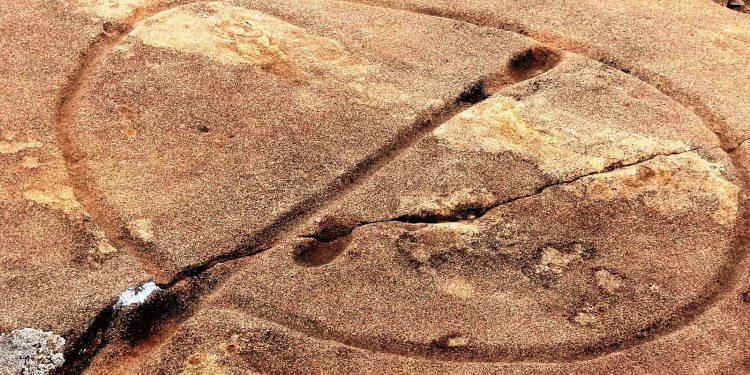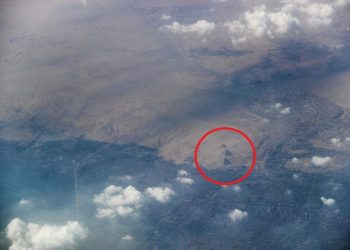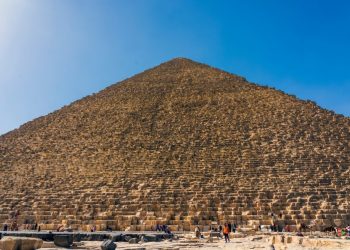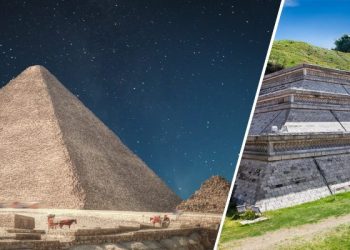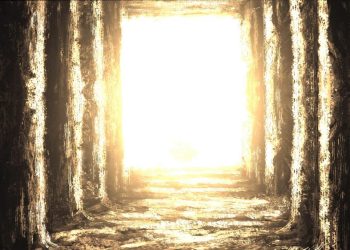The American Southwest hosts an array of enigmatic petroglyphs known as water glyphs, with over 300 discovered across the region. These ancient markings continue to baffle researchers as they attempt to uncover their age, creators, and purpose, leaving many questions unanswered.
Determining the Age and Creators of Water Glyphs
Although scientists have employed x-ray fluorescence to estimate the petroglyphs’ age at around 2,000 years old, they could potentially be even older. The creators of these glyphs remain unknown, but some speculate they were crafted by the Ancestral Puebloans, a prehistoric Native American civilization inhabiting the Four Corners region.
Common Shape with Intriguing Variations
First documented by photographer Bob Ford in 1996, water glyphs display a consistent shape – a circle or ellipse bisected by a straight line. However, researchers have noticed minor modifications in the drawings of the circles, which they believe are intended to convey meaning.
Theories Behind the Purpose of Water Glyphs
One prevalent theory suggests that the Anasazi civilization created water glyphs as directional signs to indicate water sources in the arid region where communities were dispersed. Alternatively, some scholars argue that the petroglyphs may have served as astronomical markers, given the Anasazi’s advanced understanding of astronomy and their use of solstice markers.
Diverse Hypotheses and Future Research
Numerous alternative theories exist regarding the purpose of water glyphs. Some propose that they were employed to trap birds for acquiring sacred feathers, while others believe they played a role in sacrificial altars, burial customs, or other religious events practiced by the Anasazi. Another possibility is that the glyphs were writings left by Spanish conquistadors to aid navigation.
The enigmatic water glyphs of the American Southwest remain shrouded in mystery, with researchers continuing to investigate their origins, creators, and purposes. As more scientific studies are conducted, we may eventually uncover the secrets behind these fascinating petroglyphs scattered across the region.



